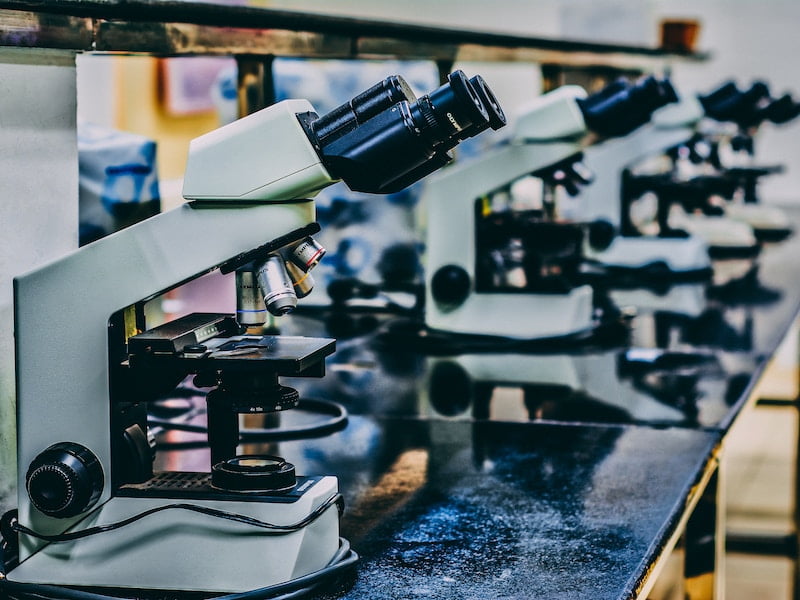Australian scientists have reported they are overworked and underpaid in a large annual survey of the local sector which shows fatigue climbing and morale dropping as job losses and insecure work bite during the pandemic.
The two peak groups, Professional Scientists Australia and Science & Technology Australia (STA), surveyed nearly 1300 of their members on salaries and workplace conditions, and say the alarming results show the need for long-term research funding from the federal government.

“There is a grave risk that more of our brilliant science talent looks at that uncertainty and hits a breaking point and decides to exit science,” STA chief executive Misha Schubert told InnovationAus.
“They may pursue different careers and not fully deploy their science training where the Australian public have invested so heavily. [Or] it may be that many of them go overseas, particularly when we’ve seen scientists with highly specialised skills lose their job in the research sector in Australia.”
According to the survey, a full-time scientist in Australia is paid a base salary of just under $119,000 a year, with a total package of around $135,000. But wage growth has slowed in the last year and is now well below cost of living rises, while around one in four scientists are on fixed contracts of 18 months on average.
Less than half the scientists surveyed said they were satisfied with their current level of remuneration while over one-third were dissatisfied. There is a gender pay gap of 17.2 per cent in scientific work in Australia, according to the results.
Nearly two-thirds of scientists reported lower morale in the last 12 months after less than half reported it in last year’s survey. Fatigue has also gone up significantly, now reported by more than 70 per cent of the scientists surveyed.
The findings come amid fears of further job losses across the university sector, after modelling showed at least 17,000 jobs lost at universities in the first year of the pandemic.
“Every hour or day or week that a scientist spends worrying about whether they have a job in the very short term future is an hour or a day or a week that they’re not spending finding a cure for a rare childhood disease, working out how to stop species loss or helping Australia to make the transition to a clean energy future that science tells us we must make,” STA’s Ms Schubert said.
The science groups, which between them represent more than 90,000 scientific and technical professionals, warn the alarming results show more than the widely felt COVID-19 pressures.
The pandemic and its resulting job losses across the research and education sector has accelerated the effects of structural problems in Australian science like a lack of job security, particularly for early career scientists, Ms Schubert said.
“We’ve seen the pincers of the pandemic and precarious work squeezing the science workforce in Australia. Right at a time when the role of science and the value of science has been visible to Australian public … We need to do more and better to safeguard the job security of Australia’s scientists, particularly in their early years, because these people are the future of the profession.”
Ms Schubert said the federal government could address much of the pressure with secure, long-term funding and better job security in public institutions, while employers need to put science careers on a more secure footing, noting the former would make the latter much more feasible.
A multibillion-dollar research translation fund is the most effective lever the government could pull to shore up the profession, Ms Schubert said, while also aligning with the Coalition government’s current push to commercialise more research work.
Australia invests just 1.79 per cent of GDP into research and development. The rate has fallen steadily over the last decade and is now less than half that of global innovation leaders like Israel and South Korea, and below the global average for advanced economies.
“That’s concerning because each of those other advanced economies are making a clear-eyed strategic choice to invest in R&D heavily,” Ms Schubert said.
“Because they know that is the path to future job and income generation for their people in their countries. We should follow suit and really look at a pathway to deepen the investment we make in research and development. It’s our future income.”
Do you know more? Contact James Riley via Email.

